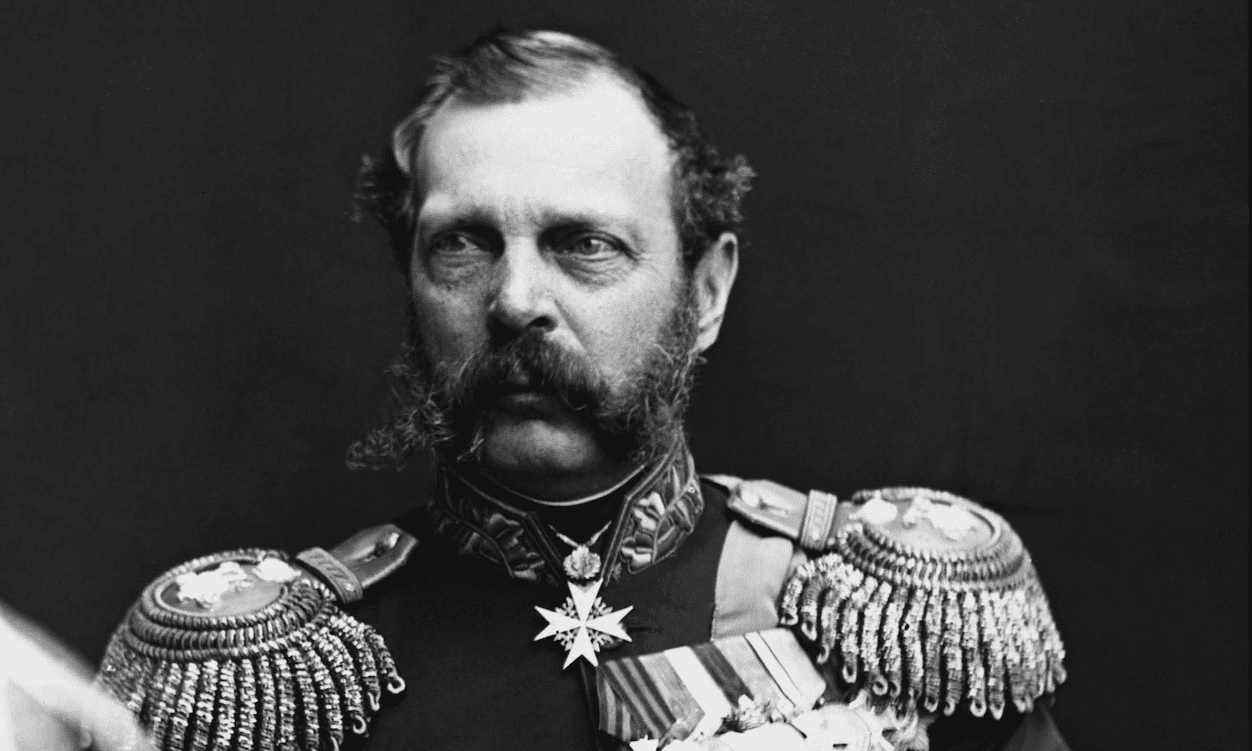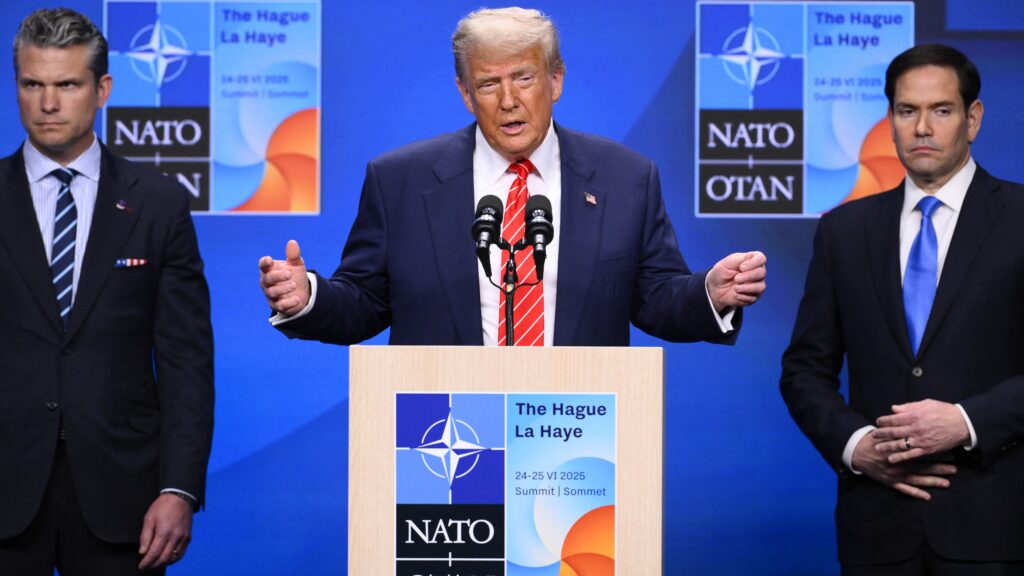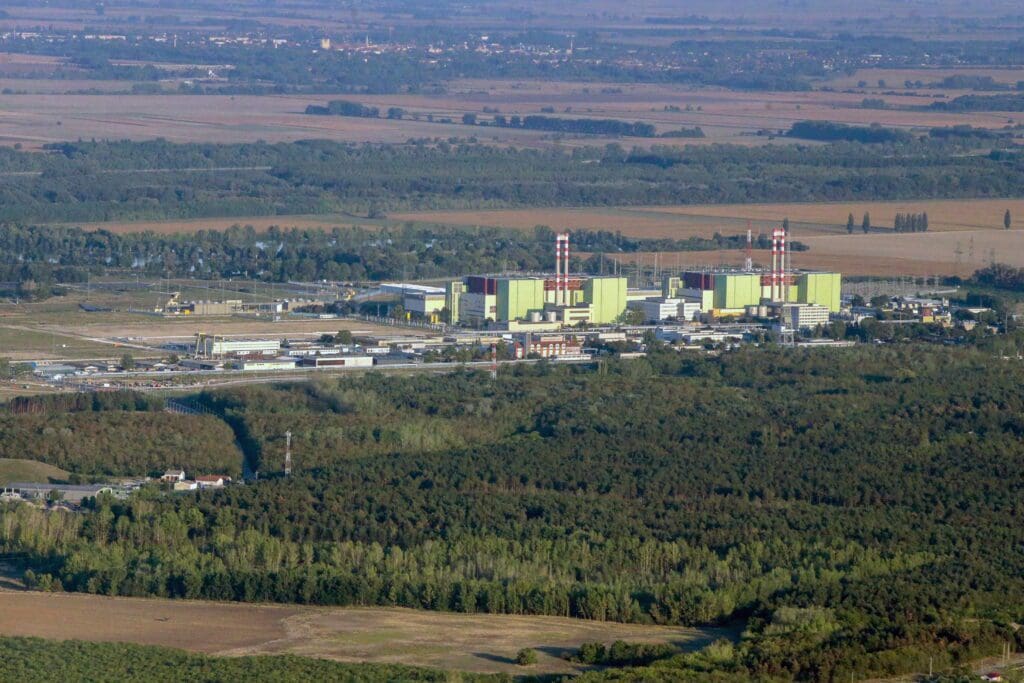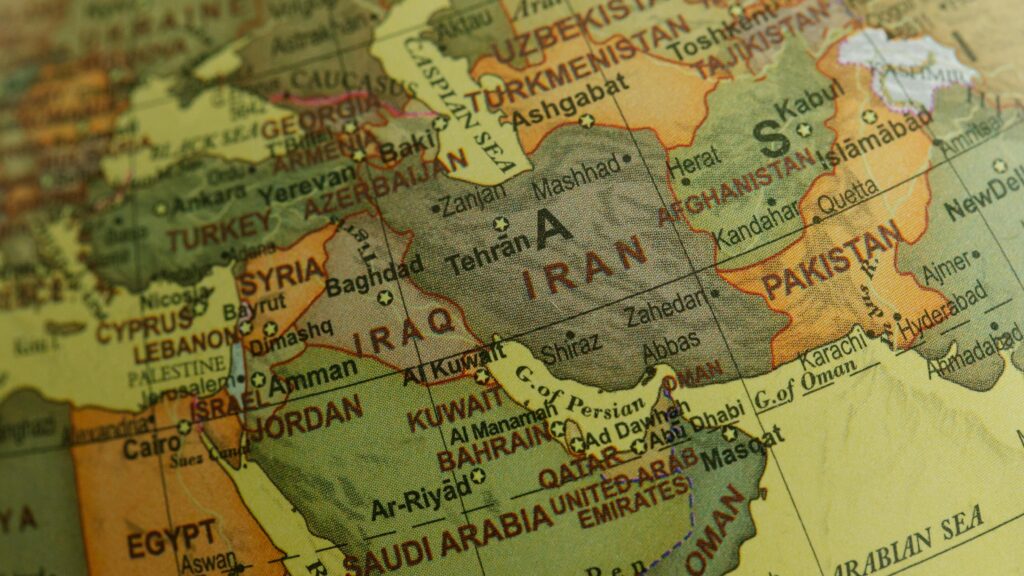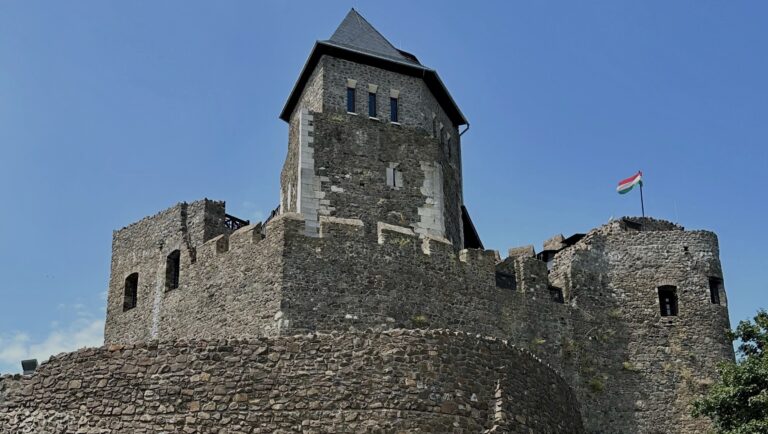Alexander II of Russia, who ruled between 1855 and 1881, became tsar of imperial Russia at the height of the Crimean war (1853–1856), an armed conflict between Russia, Britain, France and the Ottoman Turkey that the Russian empire ultimately lost. Alexander II’s rule was deeply informed by Russia’s defeat in the Crimean war which exposed Russia’s weakness and backwardness. He believed that the repressive rule of his father, Nicholas I caused Russia’s defeat against the more developed European empires. The defeat inspired the new emperor to face the consequences of the delayed modernisation of the Russian Empire and to introduce a series of reforms. The domestic reforms that Alexander II introduced in the years to come following the war included the political liberalisation of the country, embarking on the path leading towards a constitutional monarchy, as well as the emancipation of serfs in 1861.
In 1861, tens of millions, known as ‘human chattels’ just a day before Alexander II signed the Emancipation Act, were suddenly given personal freedom. The emancipation was a revolutionary change not only because of the freedom it gave to millions of Russian peasants, but also because it started the restructuring of the Russian economy, moving it from a feudal to a market-based system, decreasing the significance and political power of the landowners, and (to some extent) allowing free entrepreneurship to gain ground. Emancipation was extended not only to the peasants but to non-Orthodox religious groups, Russia’s national minorities and people belonging to various political affiliations as well. Political prisoners were released, the repressive Russian rule over Poland was eased, and even Jews gained more freedom under Alexander II’s rule. Within a couple of decades after the coronation of the reformer tsar, Russia became a more tolerant and open country for all.
He promoted education and literacy among Russian villagers
During his reign Alexander II became an advocate for enlightenment values in Russia. He promoted education and literacy among Russian villagers, while he also allowed for greater local self-governance in the form of zemstvos. Zemstvos were established in 1864, as elective local assemblies whose network greatly contributed to the liberalisation of the Russian empire. While zemstvos were mostly dominated by local nobles, they played an important part in building schools, providing healthcare and building infrastructure in Russian regions. Else than education and self-governance, infrastructural development was another great concern of Alexander II. The emperor was worried about the lack of interconnectedness in the empire, and the difficulty of communicating with the far-away parts of his lands. When he became tsar, only the two major cities, Saint Petersburg and Moscow were connected by railway; by the end of his rule, Russia had 22,525 km of railway up from 965 km at the beginning of his rule. Overall, his reign is justly remembered as a time of rapid modernisation.
While the first part of Alexander’s rule is a story of modernisation, the second half is a step back to autocracy. Here it is important to outline that despite all the reforms, Alexander II always firmly believed in his divine right to govern by autocratic means. As his liberalisation created new challenges as well as threats to his personal safety, his belief in a firm, autocratic rule grew. The liberalisation under his rule in Poland led to protests and a national uprising in 1863 that could be repressed only with violence, deporting tens of thousands to Siberia. The easing of political censorship allowed for radical views to be spread among the Russian youth—a development which the government could contain only by reinforcing the secret police. Despite the secret police’s increased power, radicalism continued to spread in Russia, which led to a series of assassination attempts against the emperor. While Alexander II did survive many of the assassination attempts, he turned to more conservative principles after the first unsuccessful attempt on his life. The acts of terrorism and the attempts to murder him did not stop, however, which led him to introduce more and more repressive measures, and backslide on his previous liberal reforms. After several failed assassination attempts, he could not escape his fate—he was murdered in March 1881.
Some of the values and reforms Alexander II stood for could still be a guiding light for Russia
What Alexander II’s rule teaches us is that historic development does not go in a straight line—usually, when a country takes two steps forward, it also takes a step back. The underlying aim of Alexander II’s reforms was to modernise Russia, abandon a feudal structure and introduce Western norms and technology into the country. While neither the transition from feudalism to a market-based structure, nor the transition from autocratic rule to constitutional monarchy was achieved during Alexander II’s rule, the transition did start—a remarkable and promising achievement, even considering the inevitable backsliding on both fronts towards the end of his reign. Some of the values and reforms Alexander II stood for could still be a guiding light for Russia to advance its democratisation and progress, but instead of elevating Alexander II’s rule in Russian collective memory, the current Russian administration decided to praise his deeply autocratic son, Alexander III. Unless Russia starts to appreciate its historical figures who envisioned a tolerant, open and democratic Russia, the country will hardly democratise.

